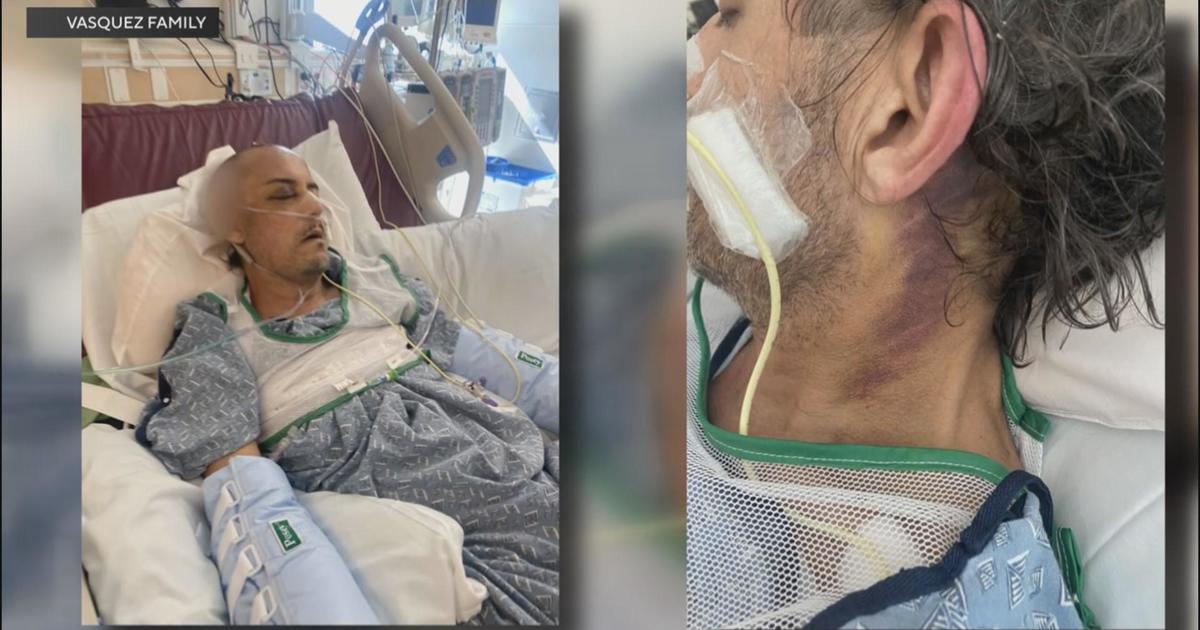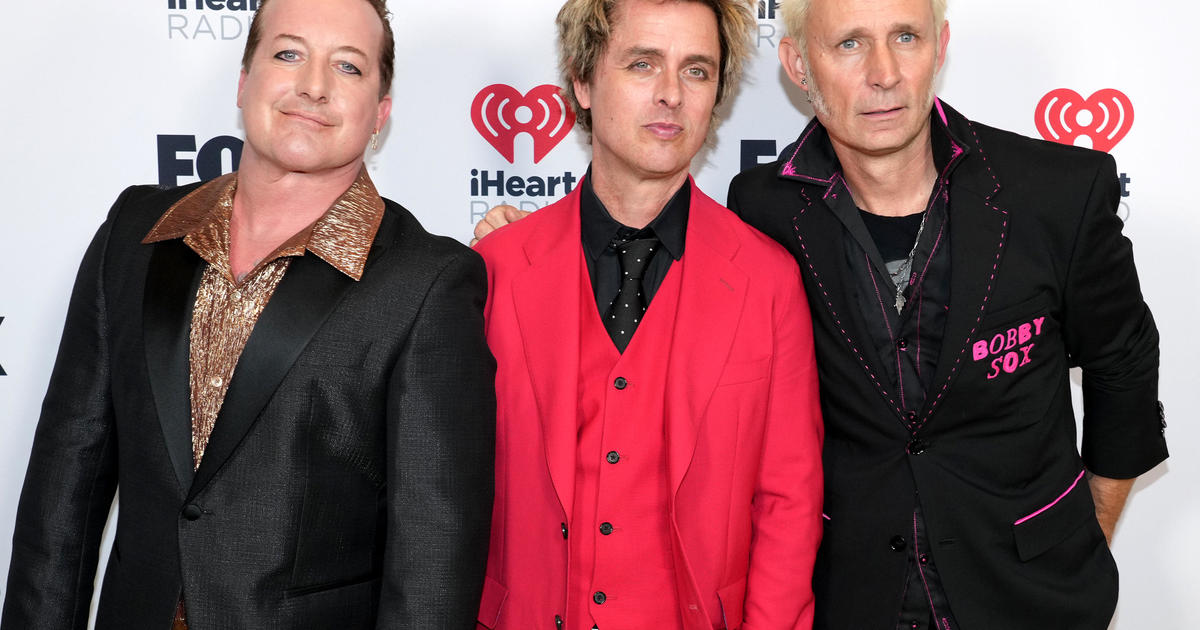Testing Finds No Health Threat Along West Coast
LOS ANGELES (CBS/AP) — Minuscule amounts of radiation from Japan's stricken nuclear plant have reached the west coast but federal and state officials say it poses no health risk.
They said Friday that the doses of radiation that a person normally receives from rocks, bricks, and the sun are 100,000 times the dose rates detected at a monitoring station in California and another in Washington state.
Concerns that Japan's nuclear disaster was assuming international proportions grew as a radioactive plume released from the Fukushima Dai-ichi reached Southern California on Friday.
But the results of testing reflected expectations by the U.N.'s International Atomic Energy Agency that radiation had greatly dissipated by the time it reached the U.S. coastline.
The EPA has twelve RadNet monitoring systems throughout the state.
Los Angeles County Emergency Management has launched a network of 123 radiation detectors linked to the internet, which can also be accessed on secure county Smartphones. So far none of the systems registered any change.
"It's basically been in the same range we've seen yesterday, weeks ago - before and after - the Japanese earthquake and tsunami," Philip Fine, Atmospheric Measurement Manager, told CBS2/KCAL9.
Still, a monitoring agency within the United Nation says a detector in Sacramento picked up a very small increase in radiation, but the readings were far below levels that could pose any health risks.
A detector at the Pacific Northwest National Laboratory in Washington State earlier this week also detected trace amounts of xenon-133 -- a gas produced during nuclear fission -- the DOE said.
The DOE and the U.S. Environmental Protection Agency said in a joint statement that the doses of radiation people generally get from the surrounding environment are 100,000 times greater than dose rates detected at the two monitoring sites.
That assessment confirmed statements from diplomats and officials in Vienna earlier in the day.
Air pollution regulators in Southern California said they have not detected increased levels of radiation. The South Coast Air Quality Management District said radiation measured at its three sites was not higher than typical levels.
The agency's monitors are part of the EPA's network of more than 100 sensors across the nation that track radiation levels every hour.
In Alaska, Dr. Bernd Jilly, director of state public health laboratories, also said monitoring had shown no readings of above-normal levels of radiation.
The same was true in the state of Washington, health department spokesman Donn Moyer said. The levels would have to be hundreds of thousands of times higher than current readings before health officials would recommend any response, he said.
Graham Andrew, a senior official of the Vienna-based International Atomic Energy Agency, said that the International Civil Aviation Organization -- after consultations with the IAEA -- found there was no reason to curtail normal international flights and maritime operations to and from Japan and "there is no medical basis for imposing additional measures to protect passengers."
While set up to monitor atmospheric nuclear testing, the U.N.'s Comprehensive Test Ban Treaty Organization's worldwide network of stations can detect earthquakes, tsunamis and fallout from nuclear accidents such as the disaster on Japan's northeastern coast that was set off by a massive earthquake and a devastating tsunami a week ago.
Since then, emergency crews have been trying to restore the Fukushima Dai-ichi nuclear plant's cooling system and prevent overheated fuel rods from releasing greater doses of radioactivity.
Japanese officials on Friday reclassified the rating of the accident at the plant from Level 4 to Level 5 on a seven-level international scale, putting it on a par with the 1979 Three Mile Island accident. The International Nuclear Event Scale defines a Level 4 incident as having local consequences and a Level 5 as having wider consequences.
Concerned residents can now get a daily update about radiation levels by visiting AQMD.
(TM and © Copyright 2011 CBS Local Media, a division of CBS Radio Inc. and its relevant subsidiaries. CBS RADIO and EYE Logo TM and Copyright 2011 CBS Broadcasting Inc. Used under license. All Rights Reserved. This material may not be published, broadcast, rewritten, or redistributed. The Associated Press contributed to this report.)



